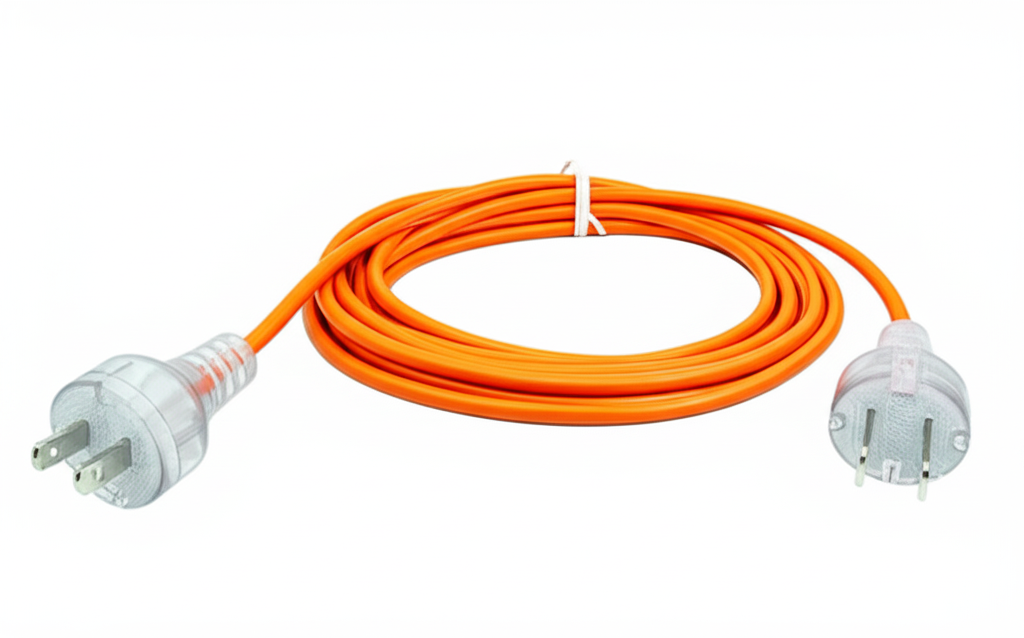Kingsgrove Branch:
Heavy Duty

Heavy duty tie down points are crucial for safe and efficient cargo transport. Imagine a world without them – cargo flying everywhere, causing damage and delays. These robust systems are the unsung heroes of logistics, keeping your goods secure and your shipments on track. We'll explore the essential aspects of these vital components, from material selection to installation, and uncover how they play a pivotal role in diverse industries
Choosing the right heavy duty tie-down points is a critical decision, affecting everything from preventing cargo shifts to maintaining the integrity of your goods during transit. Understanding the various types, their load capacities, and installation procedures is paramount to maximizing safety and minimizing risks. This guide will equip you with the knowledge to select, install, and maintain these essential components effectively
Introduction to Heavy Duty Tie Down Points
Tie-down points are crucial for safe cargo transport across various industries. They provide a secure method for fastening goods during transit, preventing movement and damage. Their robust design is essential to protect both the cargo and the transport vehicle
Importance and Applications
Tie-down points are vital for preventing cargo shift and damage during transit. This is especially important in industries handling heavy or fragile items, where even slight movement can cause significant problems. They are commonly used in logistics, manufacturing, construction, and automotive industries, among others
Types of Heavy-Duty Tie-Down Points
Various types of heavy-duty tie-down points are available, each suited to different cargo types and load capacities. These include bolt-on, welded, and integrated tie-down points. The selection depends on the specific weight and nature of the cargo being transported
Industries Relying on Secure Tie-Down Points
Many industries depend heavily on secure tie-down points. For instance, the logistics industry needs them to transport large and heavy machinery and goods safely. The construction industry uses tie-down points for equipment and materials during transport. Automotive manufacturers also use them to secure parts and components throughout the manufacturing and distribution processes
Material Selection and Design Considerations
Selecting the right materials for heavy-duty tie-down points is critical for long-term reliability and safety. The strength, durability, and resistance to wear and tear are key factors
Material Strengths and Weaknesses
Different materials exhibit varying strengths and weaknesses. Steel, a common choice, offers high strength but can rust. Alloy steel provides enhanced corrosion resistance, but at a higher cost. Composites, while lightweight and corrosion-resistant, typically have lower strength compared to steel
Load Distribution and Stress Points, Heavy duty tie down points
Optimal load distribution is paramount in tie-down systems. Careful design considerations are needed to prevent stress points that could lead to failure. The design of tie-down points directly affects their load-bearing capacity. See temporary power box
Installation and Application Procedures
Proper installation is crucial for the safe and efficient use of tie-down points. Following manufacturer guidelines is essential
Installation Steps
The correct installation procedures ensure the security and efficiency of the tie-down system. Steps for installing different tie-down points vary but typically involve securing the point to the vehicle or structure and attaching the cargo accordingly
Safety Precautions
Safety precautions should be observed during installation and use. This includes proper use of tools, protective equipment, and adherence to load limits. Inspecting the tie-down points before and after use is vital to prevent accidents
Load Capacity and Safety Factors
Understanding load capacity is essential for selecting appropriate tie-down points. The choice of materials and design heavily influence load capacity
Calculating Required Load Capacity
Determining the appropriate load capacity involves considering the weight of the cargo, the distance of travel, and other relevant factors. Calculations should be performed to ensure the tie-down points can safely handle the load
Load Capacity Table
| Load Capacity (kg) |
|---|
| 1000-5000 |
| 5000-20000 |
| 20000+ |
Safety Factors
Safety factors are critical in tie-down systems to prevent accidents. They account for unforeseen circumstances and potential variations in load
Inspection and Maintenance Strategies: Heavy Duty Tie Down Points
Regular inspection and maintenance are vital for the longevity and safety of tie-down points
Inspection and Warning Signs
Regular inspections are crucial for identifying any damage or wear. Look for signs of stress, corrosion, or deformation. Early detection prevents potential failures
Maintenance Procedures
Maintenance procedures vary based on the type of tie-down point. These procedures may involve lubrication, tightening, or replacement of parts as needed
Industry-Specific Applications and Considerations
Different industries have unique requirements for tie-down points. Understanding these needs is essential for selecting the appropriate system
Industry-Specific Challenges
Industries like automotive, construction, and logistics face unique challenges when selecting tie-down points. These challenges include varying cargo types, weight limits, and environmental conditions
Industry Needs
Different industries require varying tie-down capacities and safety features. For example, automotive manufacturers prioritize secure fastening of components during transit
Choosing the Right Tie-Down Points
Choosing the right tie-down points involves careful consideration of several factors
Decision-Making Framework
A comprehensive decision-making framework considers cargo weight, type, and transport method. Evaluating environmental conditions is also important
Case Studies and Real-World Examples
Real-world examples provide valuable insights into the importance of proper tie-down systems
Lessons Learned
Learning from successful and unsuccessful tie-down applications is crucial for best practices. Examples of cargo loss incidents highlight the significance of appropriate tie-down points
Conclusion
In conclusion, securing cargo with heavy duty extension tie-down points is not just a best practice; it's a necessity. By understanding material selection, installation protocols, and load capacity considerations, you can significantly reduce the risk of damage and ensure the smooth flow of your shipments. Proper maintenance and inspection are equally important for maintaining safety and longevity. This comprehensive guide provides a roadmap for navigating the complexities of choosing and utilizing these critical components
Expert Answers
What are the common warning signs of potential tie-down failure?
Look for signs of excessive wear, rust, or deformation on the tie-down points. Unusual sounds during transport, or a visible shift in cargo position are also red flags. Never ignore any suspicious or concerning issues
How do I calculate the required load capacity for my cargo?
Determine the total weight of your cargo and add a safety factor (often 25-50%). Consult the load capacity chart for your chosen tie-down type to ensure the selected points can withstand the calculated load
What's the difference between bolt-on, welded, and integrated tie-down points?
Bolt-on tie-downs are versatile and adaptable, welded tie-downs are robust for heavy cargo, while integrated tie-downs are designed for permanent solutions. Each type has specific advantages and disadvantages depending on your needs
Are there any special considerations for using tie-downs in cold weather or high-altitude environments?
Material properties can change in extreme temperatures or altitudes. Consult the material specifications for your chosen tie-downs and consider using additional safeguards in these environments
Recent posts

Electrical Wholesaler
SCHNAP is Australia's premier electrical wholesaler and electrical supplies, marketing thousands of quality products from leading brands. Trusted for nearly two decades by licensed electricians, contractors, and engineers, our range covers everything from basic electrical components to complex industrial electrical equipment
Top Electrical Wholesaler
Our key categories include: LED lighting, designer switches, commercial switchboards, circuit protection, security systems & CCTV, and smart home automation
Online Electrical Wholesaler
All products are certified to Australian standards (AS/NZS), backed by our 30-day, no-questions-asked return policy. Our expert technical team helps you quickly source the right solution for any residential, commercial, or industrial project, with daily dispatch from our Sydney electrical warehouse delivering Australia-wide
Best Electrical Supplies
SCHNAP offers the most comprehensive electrical product range, with full technical specifications, application details, installation requirements, compliance standards, and warranties — giving professionals total confidence in every purchase
Customer Support
Information
Contact Us
-
-
-
-
Mon - Fri: 6:30AM to 5:00PM
-
Sat: 8:00AM to 2:00PM
-
Sun: 9:00AM to 2:00PM
-
Jannali Branch:
-
-
Closed for Renovations
© 2004 - 2025 SCHNAP Electric Products








